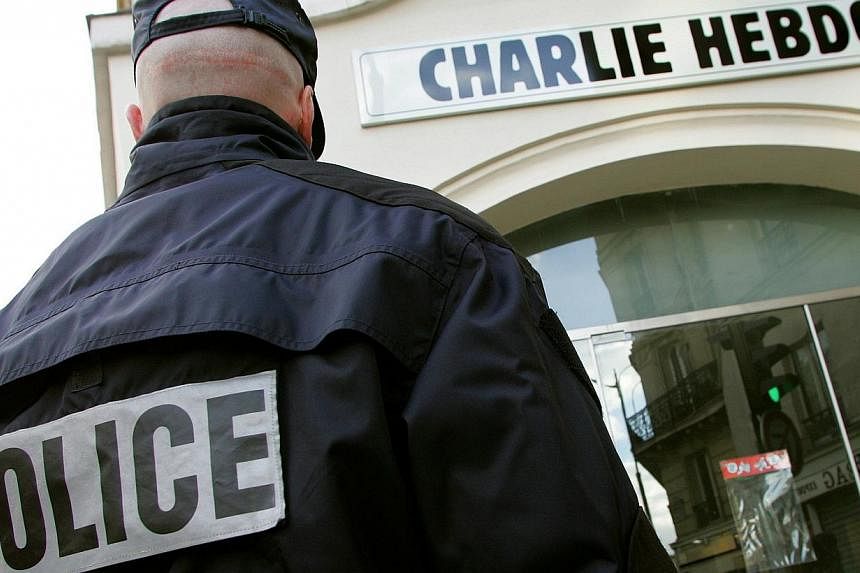Satirical magazine Charlie Hebdo, which is known for lampooning Islam and other religions, published cartoons of Prophet Muhammad in 2011 and 2012. Here is a timeline of the controversies surrounding such publications.
September 2005
A series of cartoons, some depicting Prophet Muhammad as a terrorist with a bomb, are published by Danish newspaper Jyllands-Posten. A month later, ambassadors from 10 Islamic countries complain to the Danish prime minister about the cartoons.
January 2006
A Norwegian newspaper reprints the cartoons. In the same month, the Danish paper apologises. The Danish prime minister welcomes the apology but says the freedom of the press must be upheld.
February 2006
Papers in France, Germany, Italy and Spain reprint the caricatures despite the outrage of Muslims worldwide. Syrians attack Danish and Norwegian embassies in Damascus. Lebanese demonstrators torch the Danish embassy in Beirut. Hundreds of Iranians attack the Danish embassy in Tehran and Iran cuts trade ties with Denmark.
French satirical magazine Charlie Hebdo publishes the cartoons along with its own front page of Prophet Muhammad, lamenting fundamentalist violence, saying: "It's hard to be loved by imbeciles." French President Jacques Chirac condemns decisions to reprint the cartoons as "overt provocation".
February 2007
Several Muslim groups take Charlie Hebdo to court for publicly "insulting" Islam by publishing controversial Danish cartoons.
February 2008
Several Danish newspapers, including Jyllands-Posten, reprint one of the cartoons.
December 2010
Danish and Swedish intelligence services arrest five men for allegedly planning to "to kill as many of the people present as possible" from the Jyllands-Posten Copenhagen newsdesk.
November 2011
Charlie Hebdo's Paris offices are burned in an apparent arson attack the day after it publishes an issue with Prophet Muhammed as its "editor-in-chief". The Prophet in the cover says: "100 lashes if you don't die of laughter".
September 2012
Charlie Hebdo again publishes cartoons of Prophet Muhammad. The front cover, with the headline "The Untouchables 2", shows the Prophet being pushed in a wheelchair, saying "You musn't mock". More cartoons are published inside the magazine, including one showing the Prophet naked.
January 2013
Charlie Hebdo releases a 65-page special edition illustrated biography of Prophet Muhammad. The magazine's editor, Stéphane Charbonnier said it was not offensive and it "simply put it into images" what has been written about the Prophet.
January 2015
Charlie Hebdo's new Paris offices attacked by three armed gunmen, killing 12. The magazine had recently published an issue with Michel Houellebecq's Submission - a fictional vision of France under Islamic rule in 2022 which has been described as Islamophobic by critics.
Source: The Guardian

